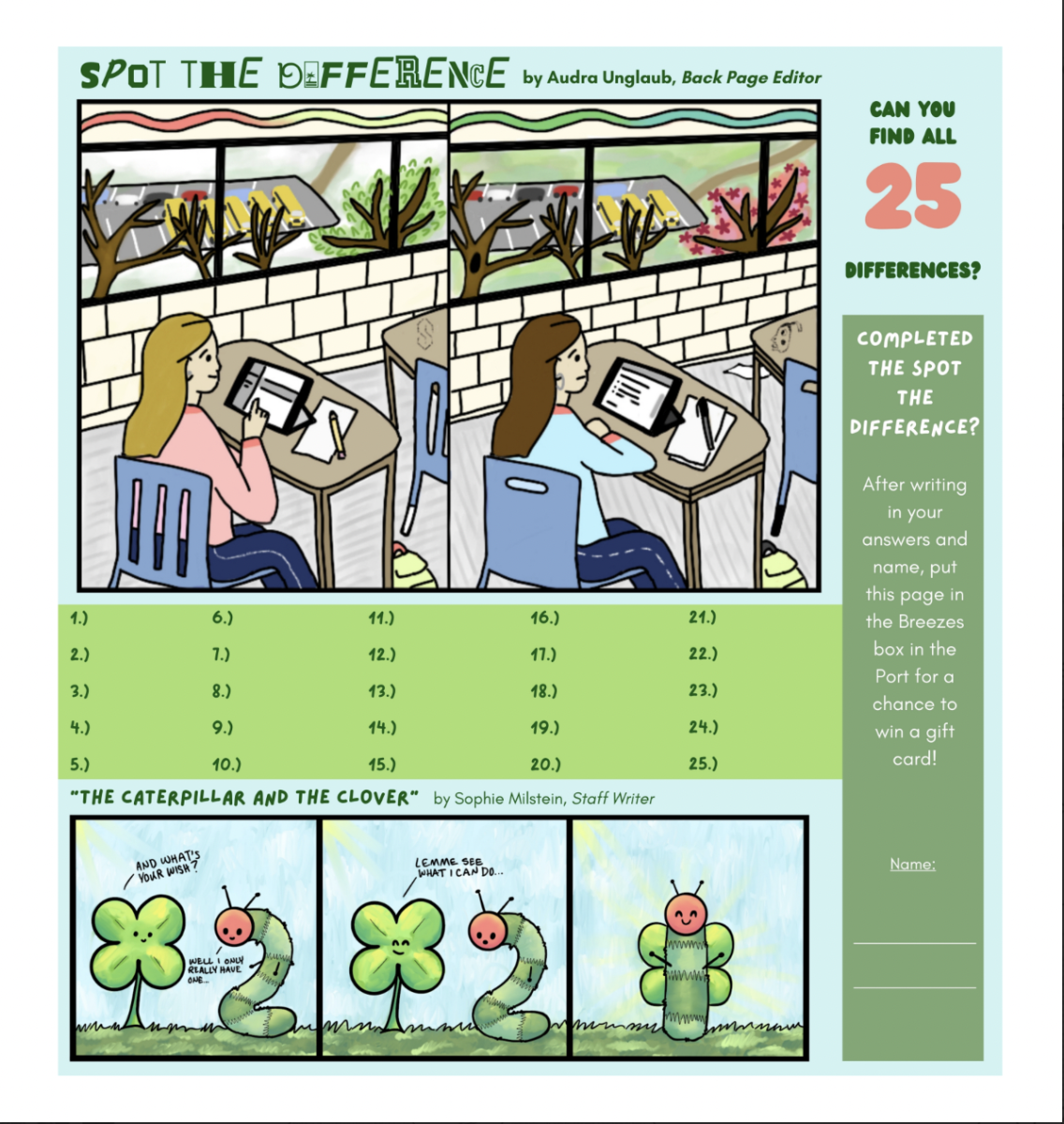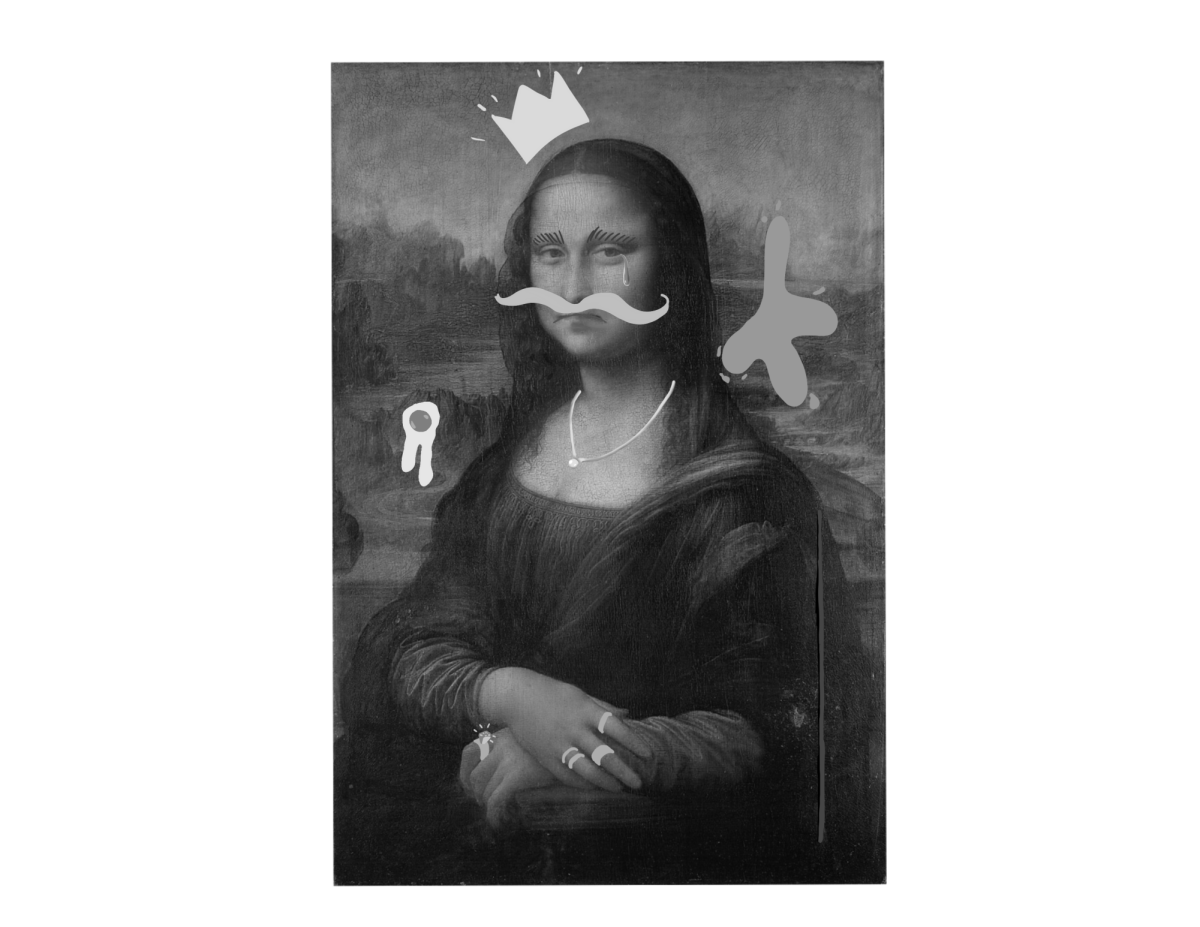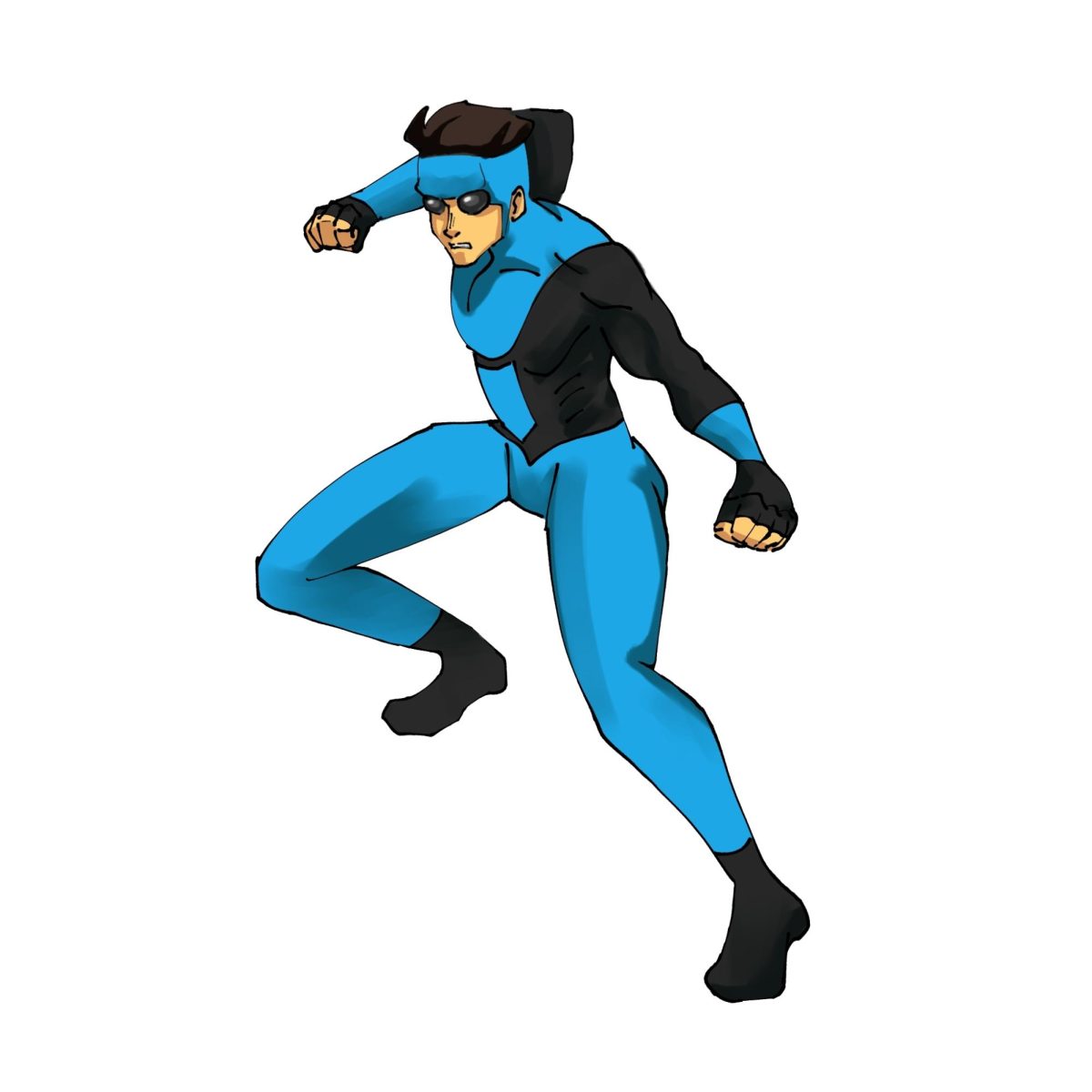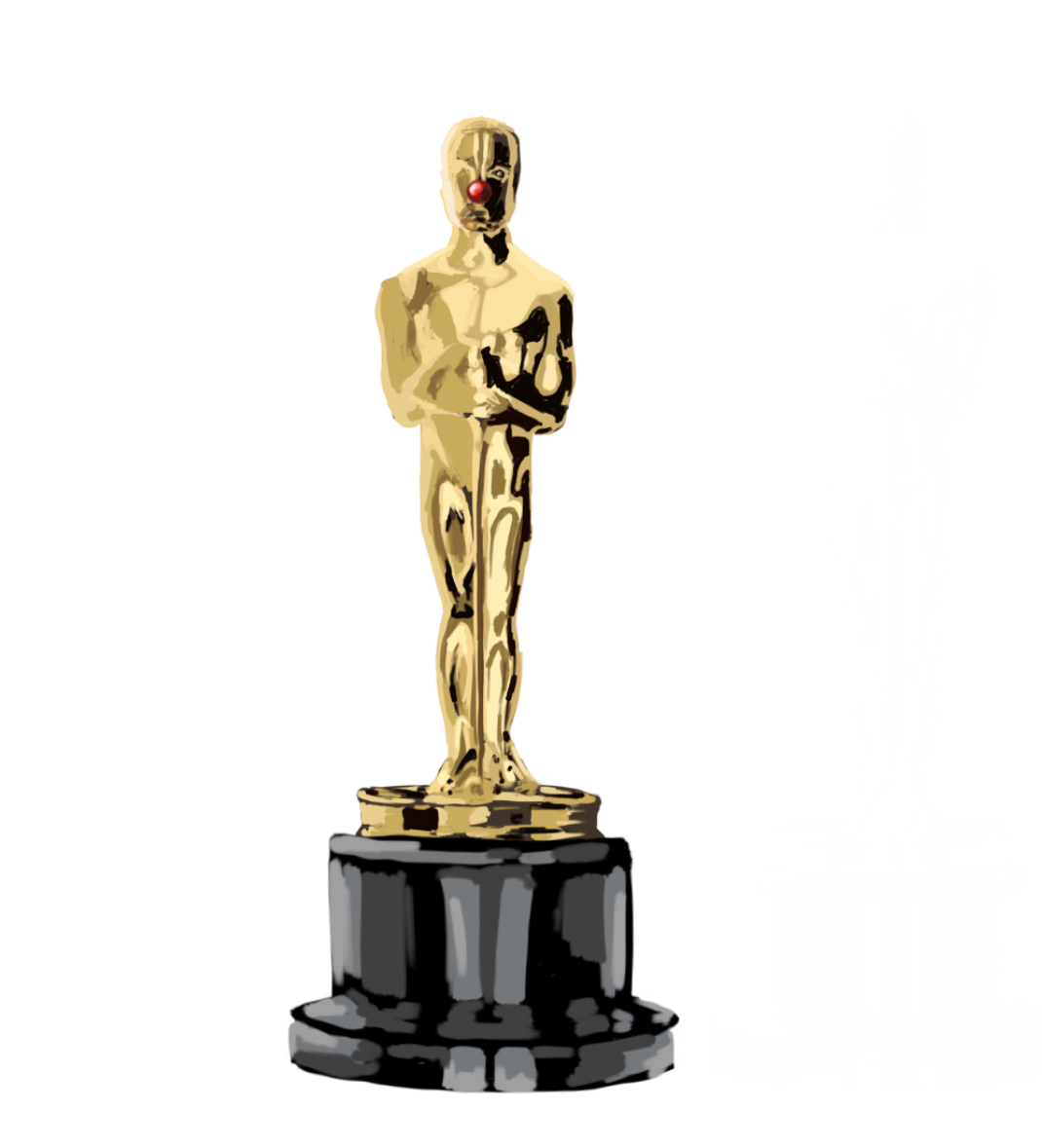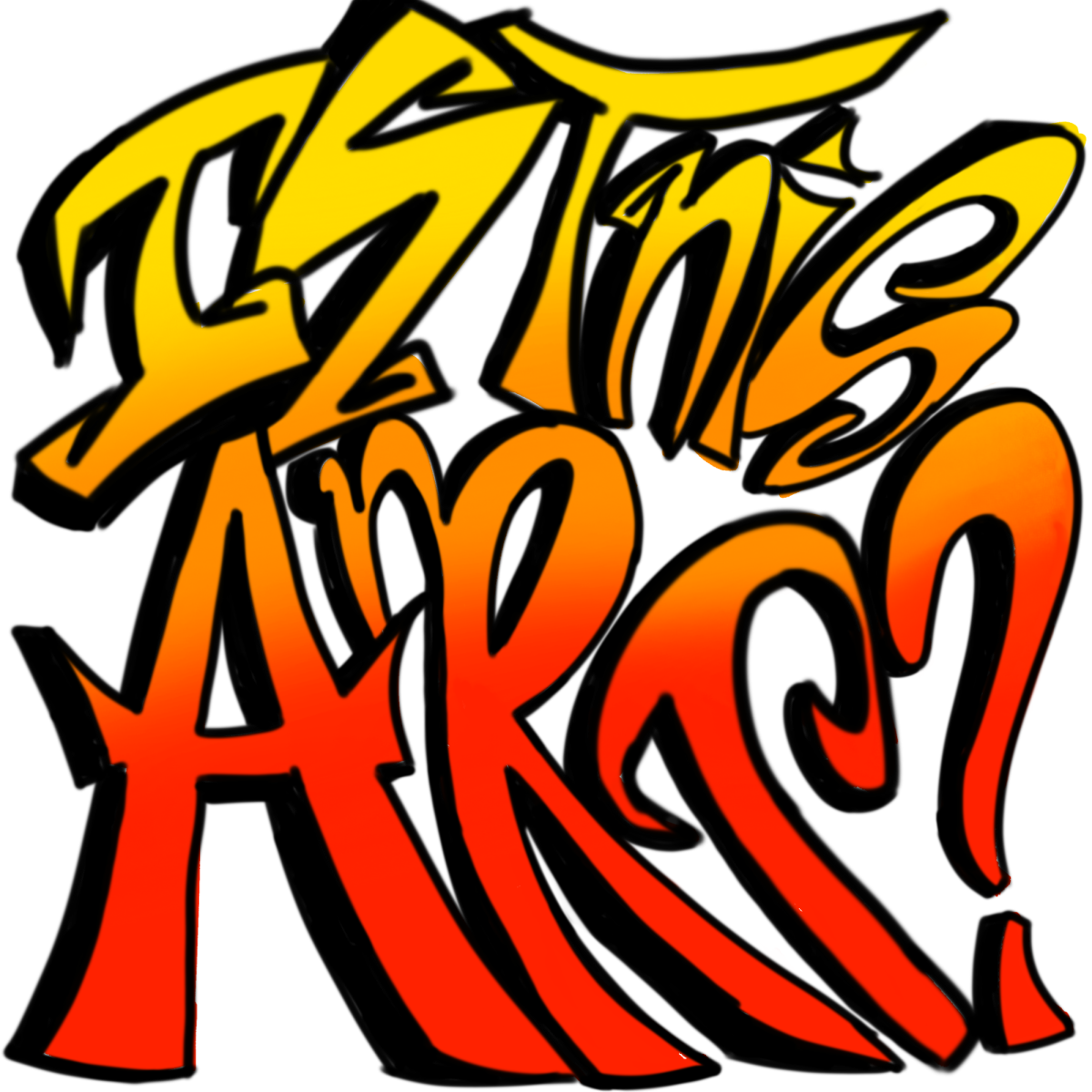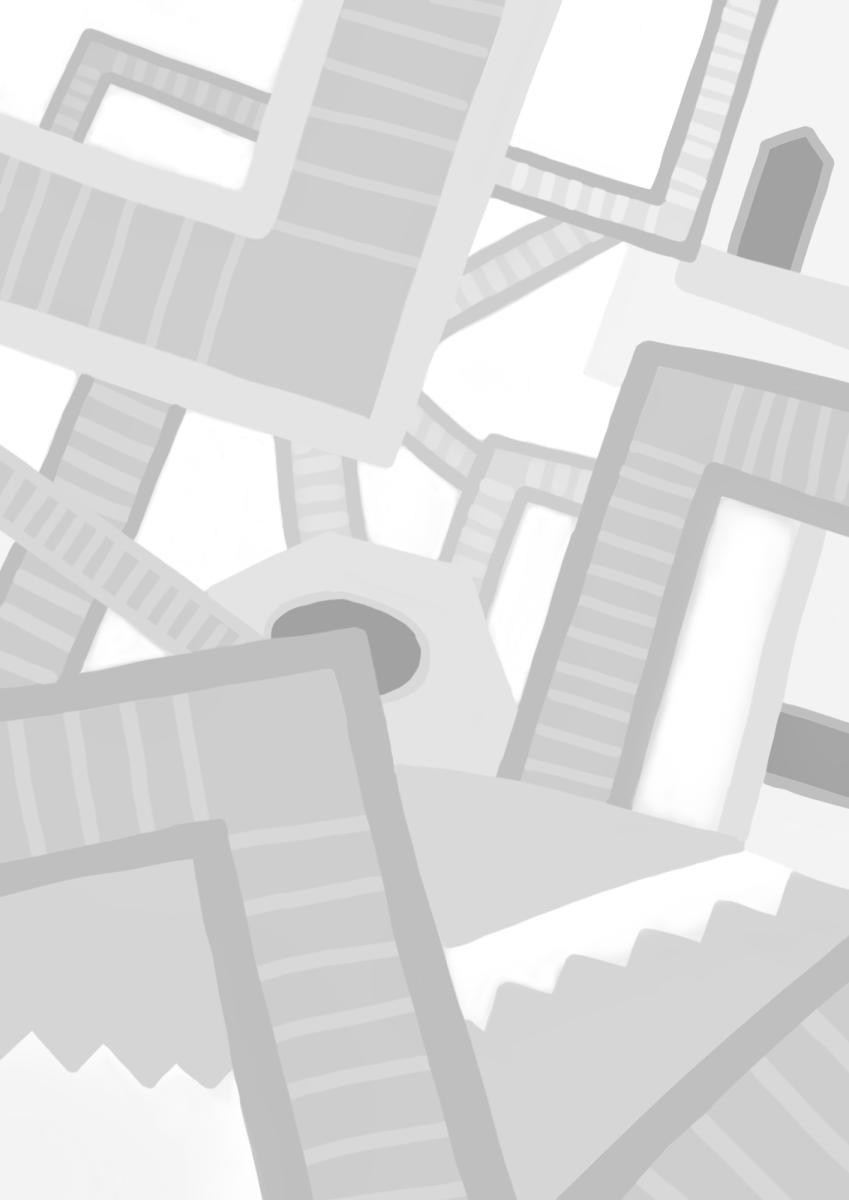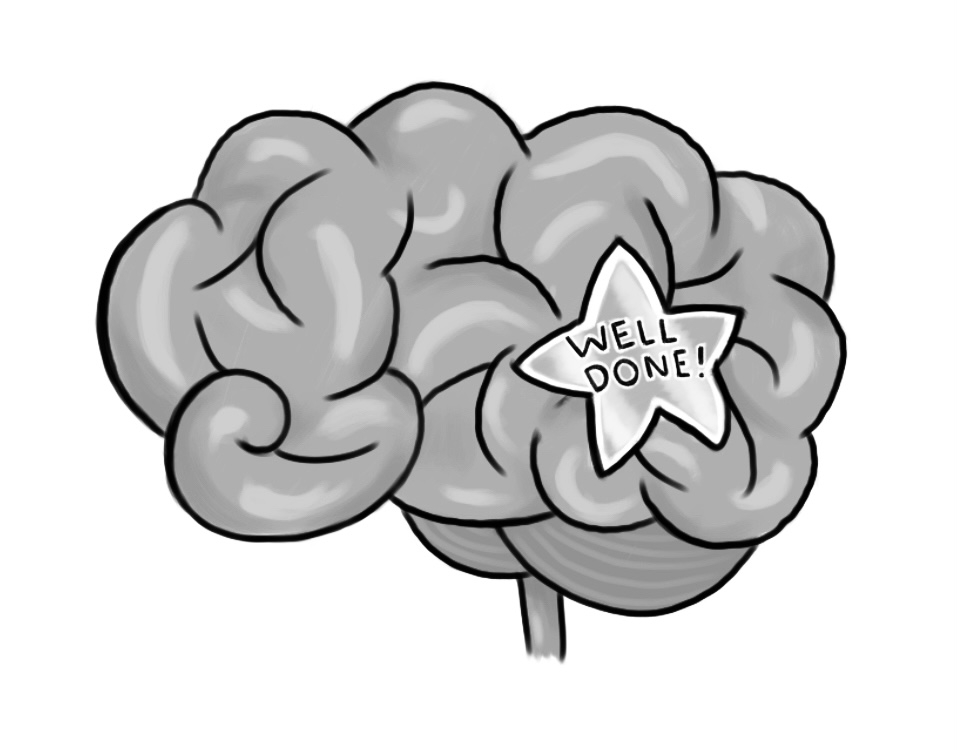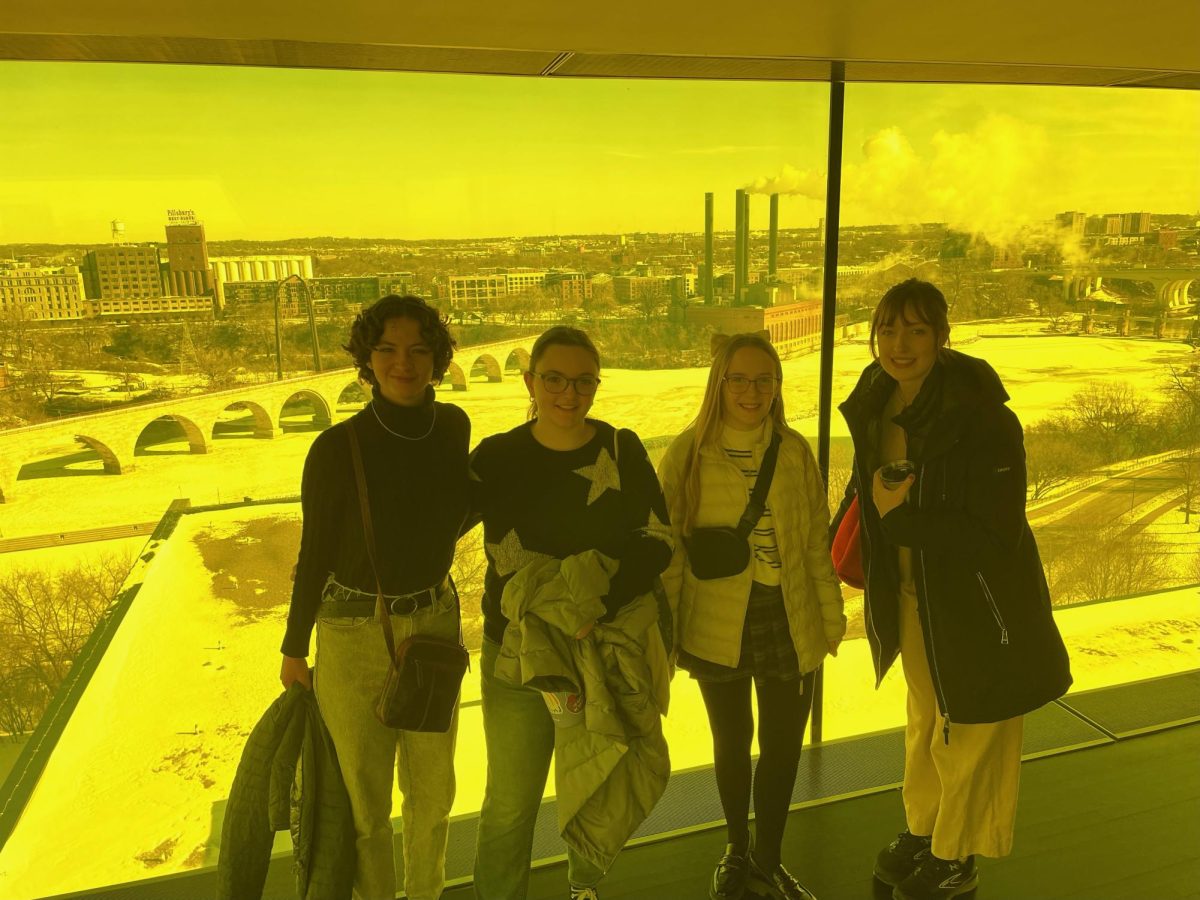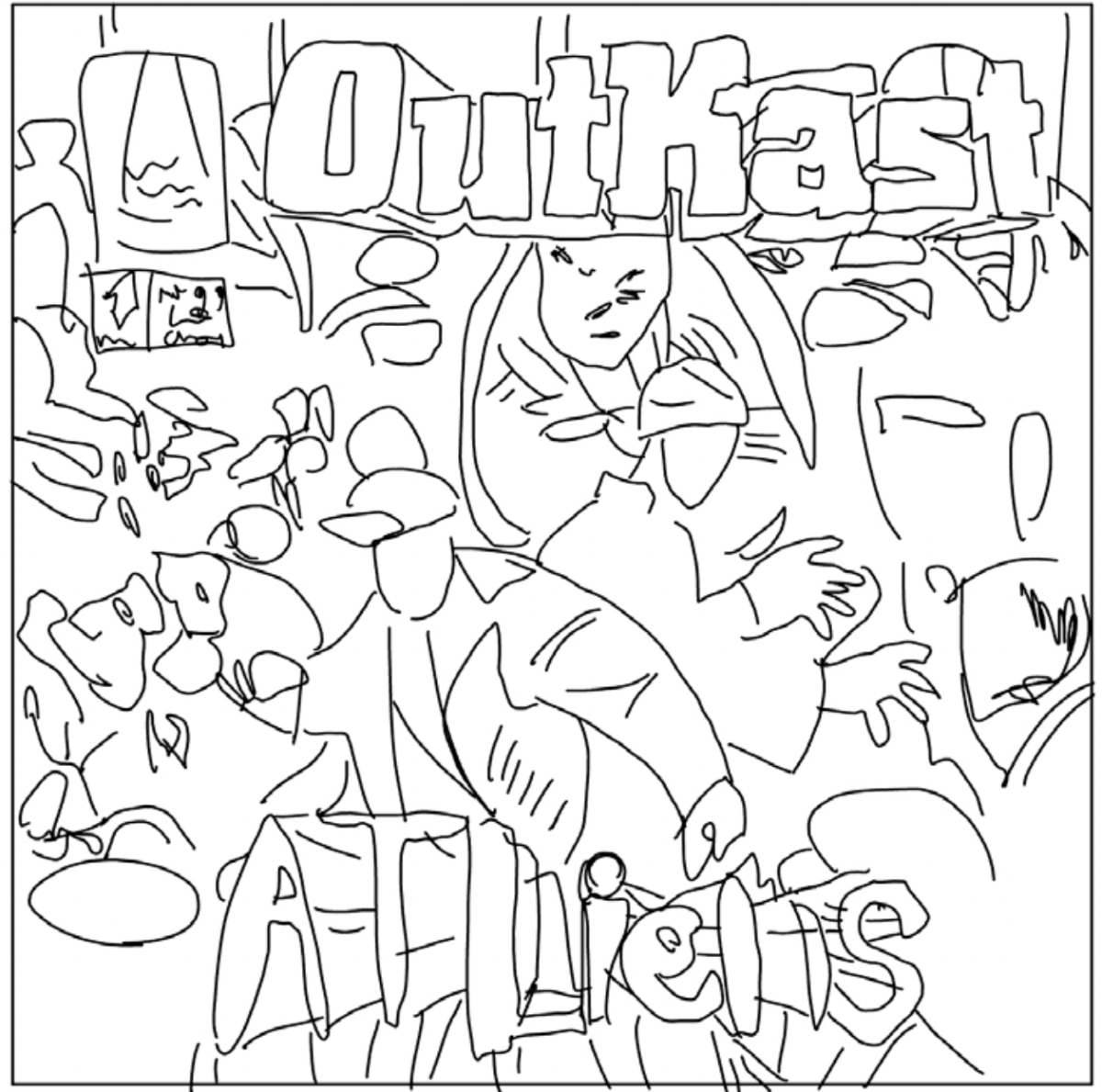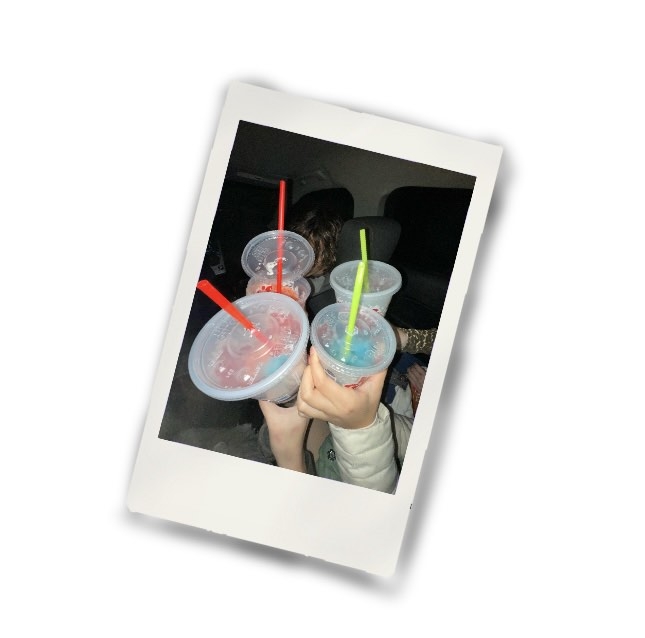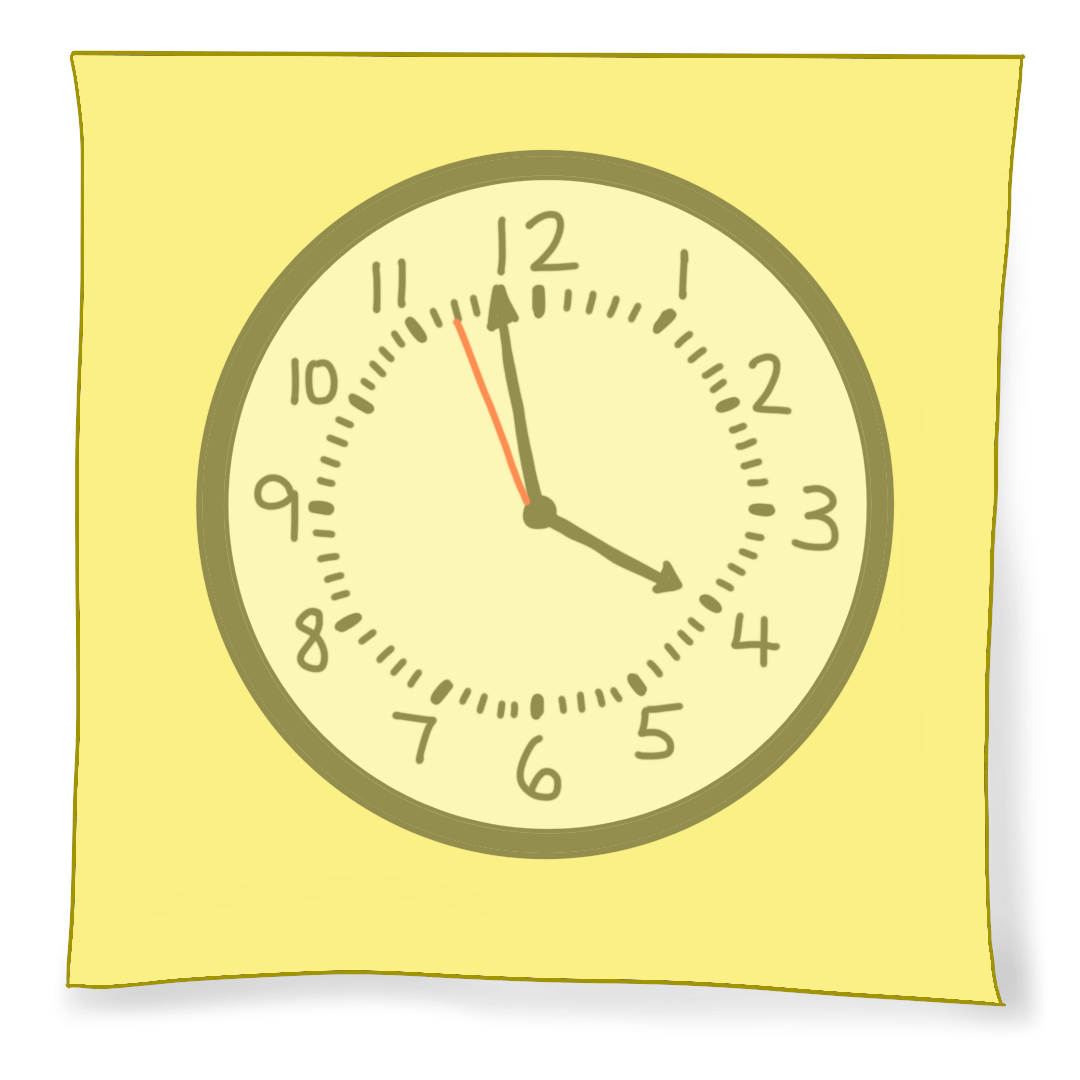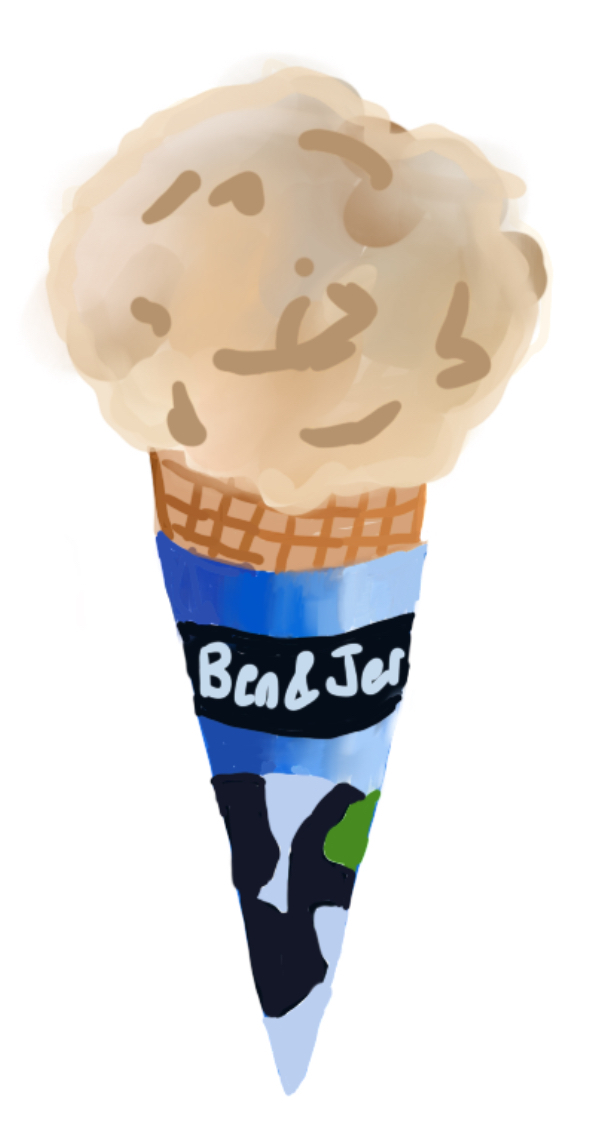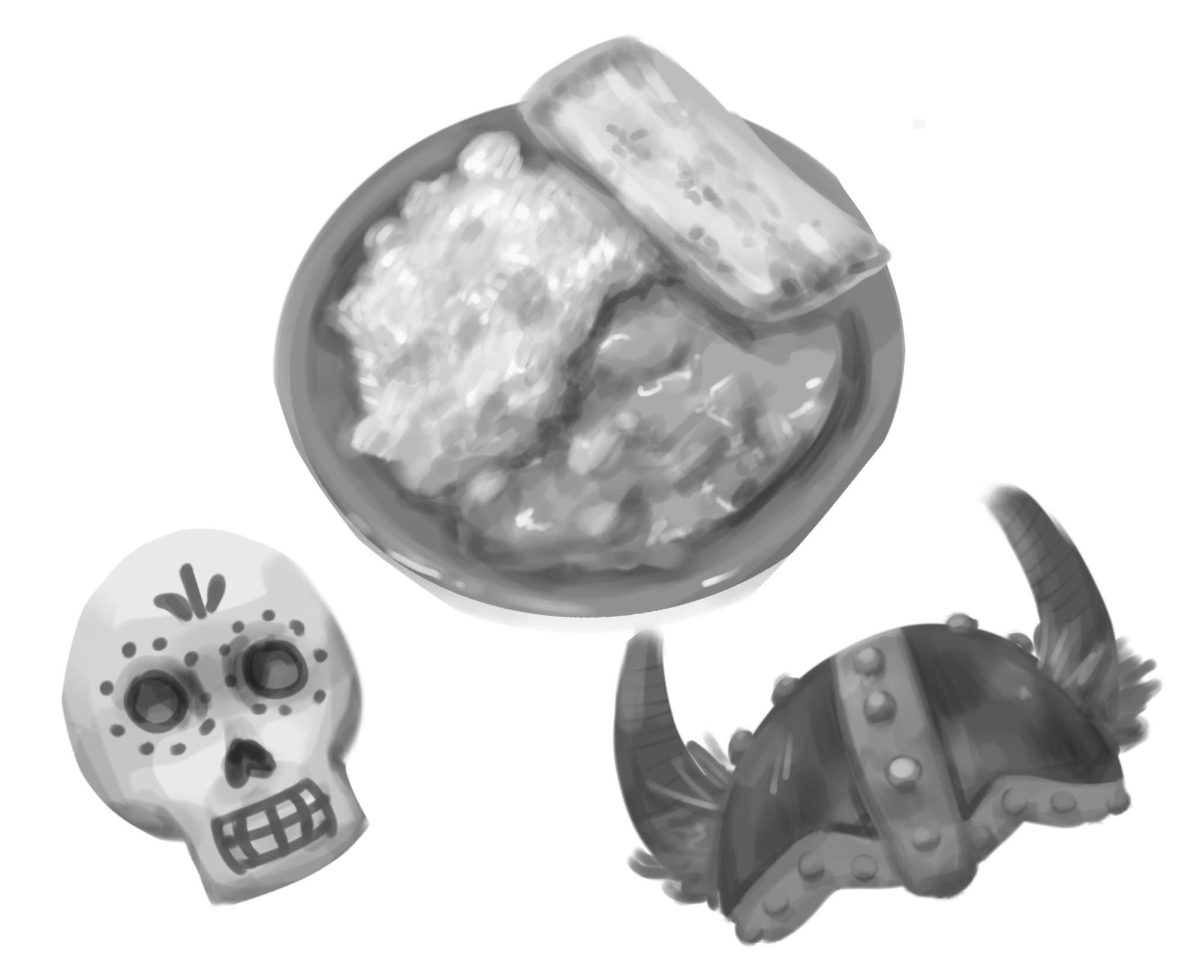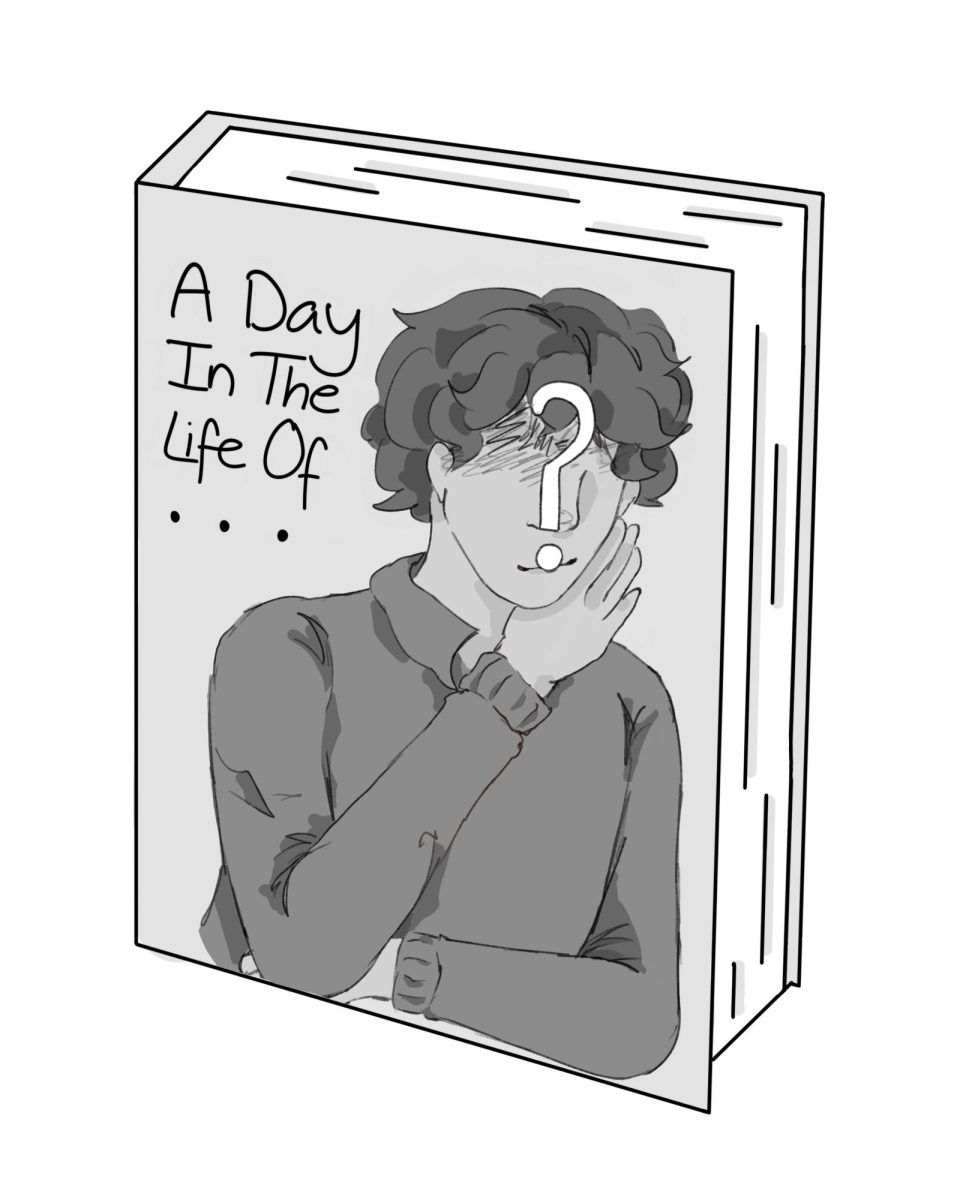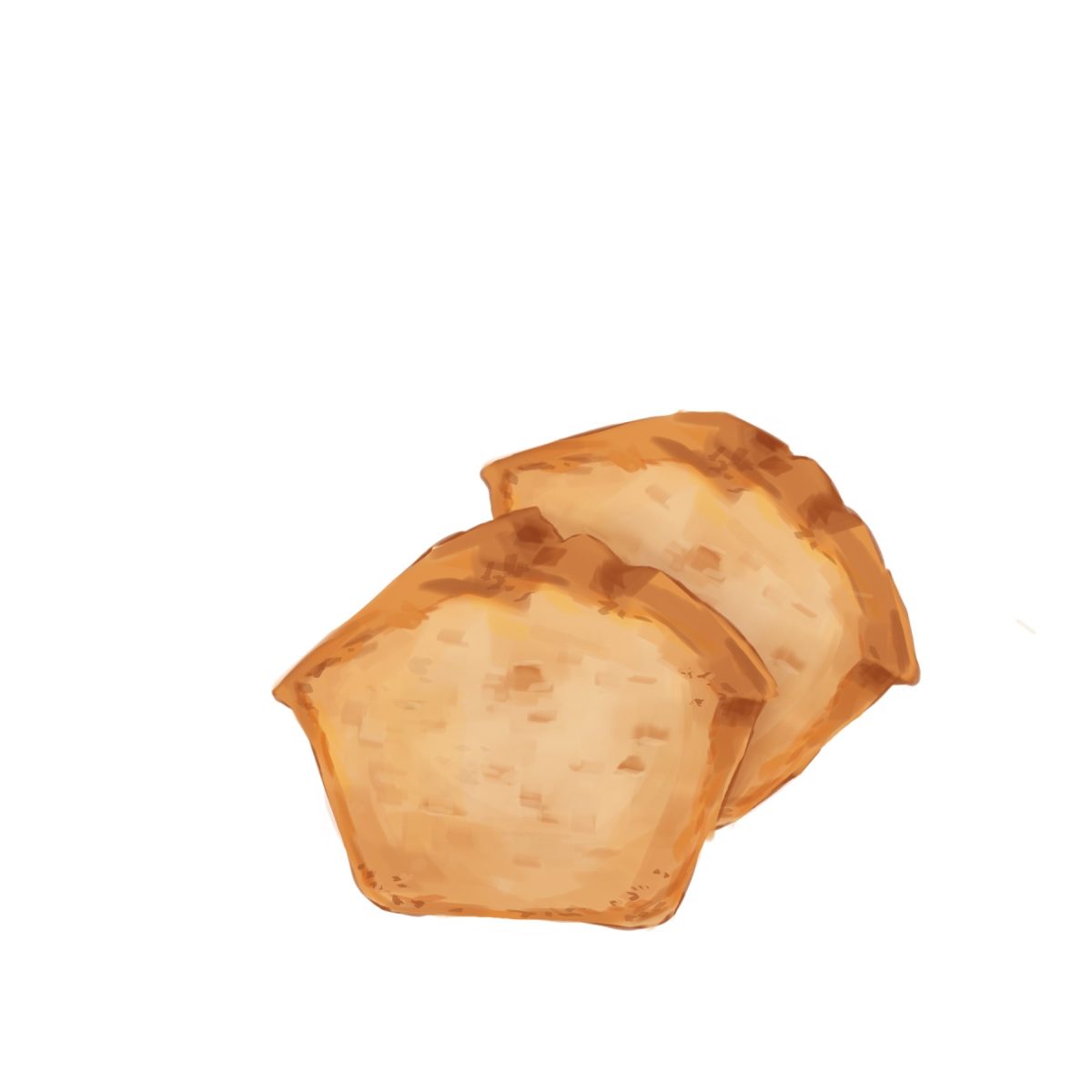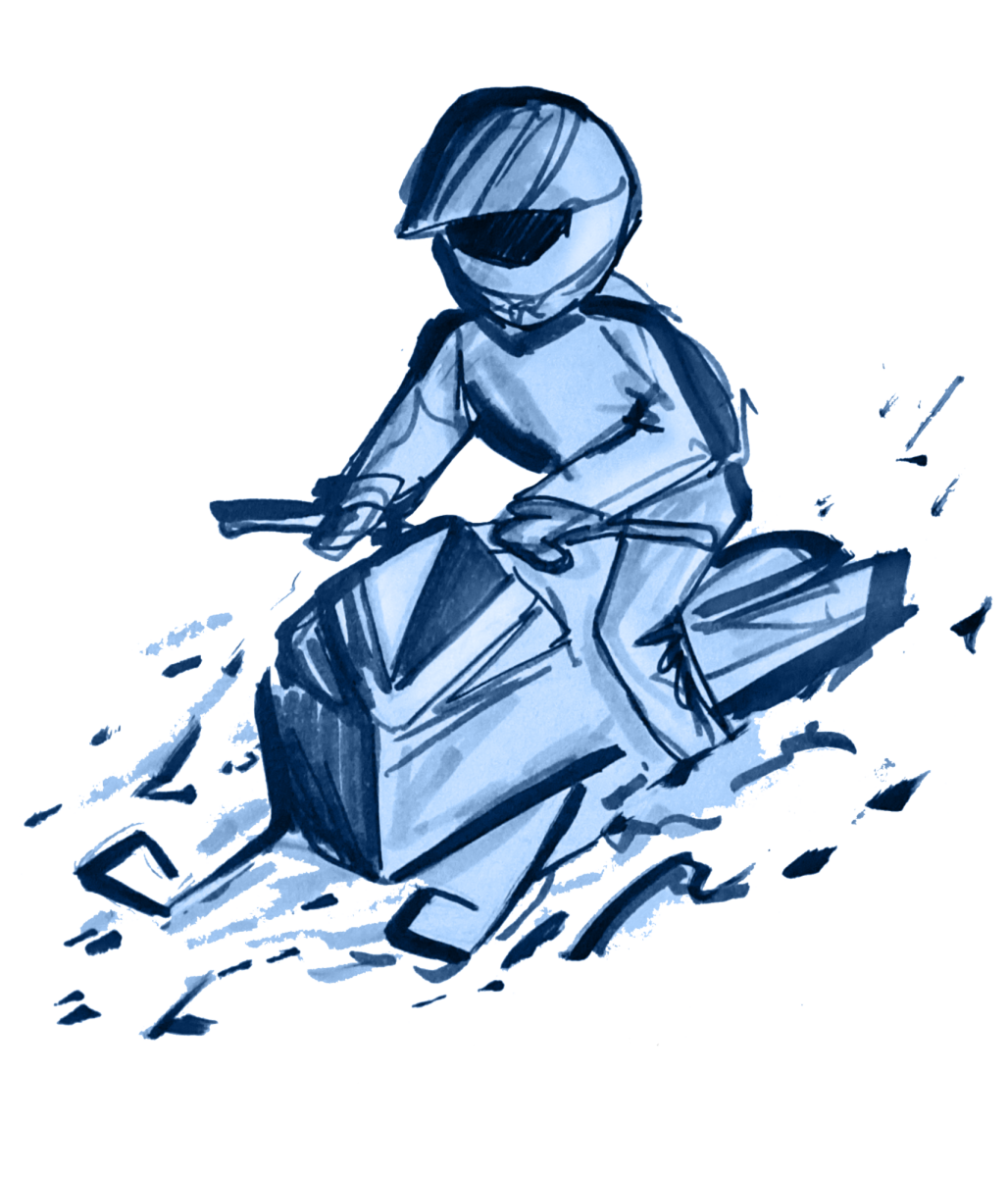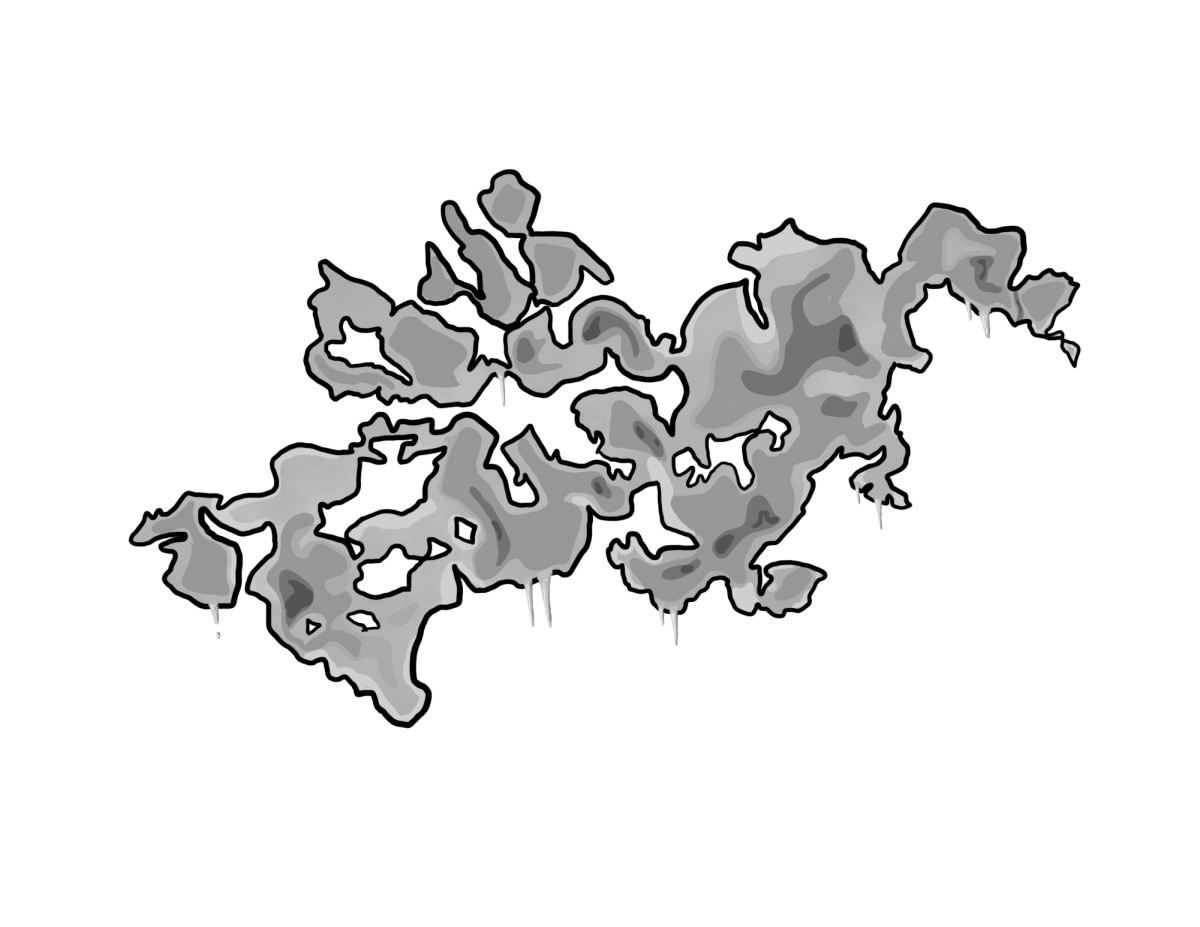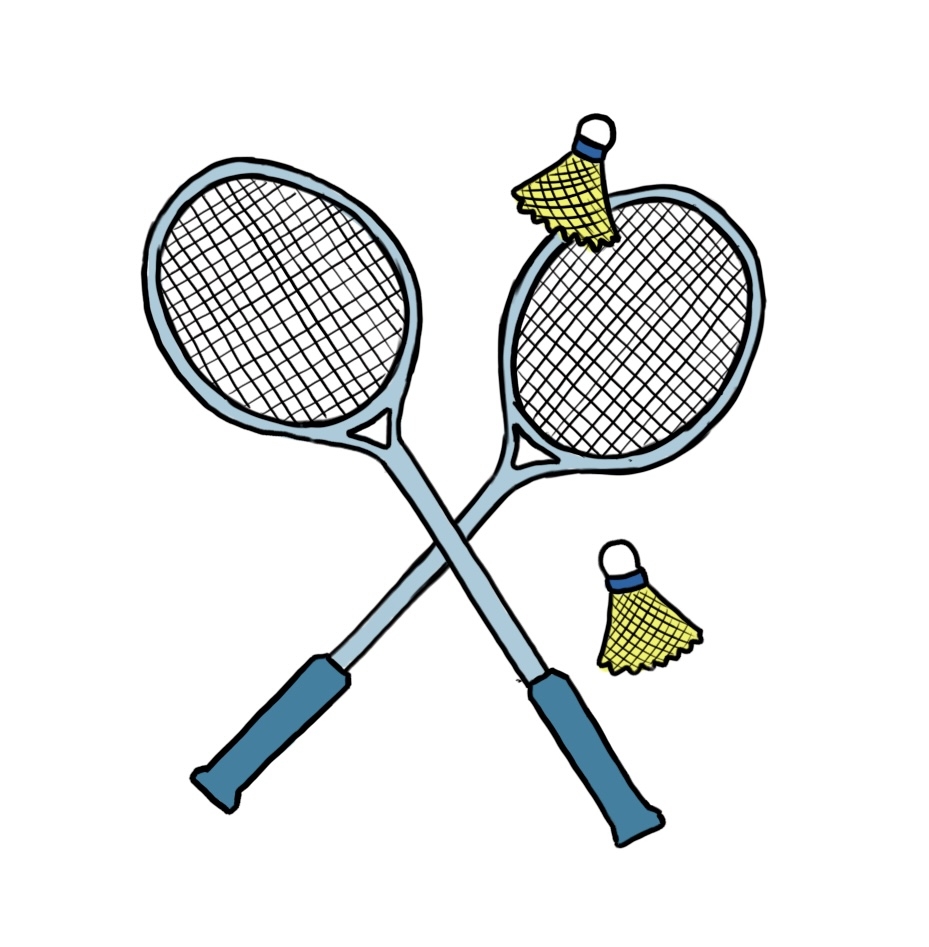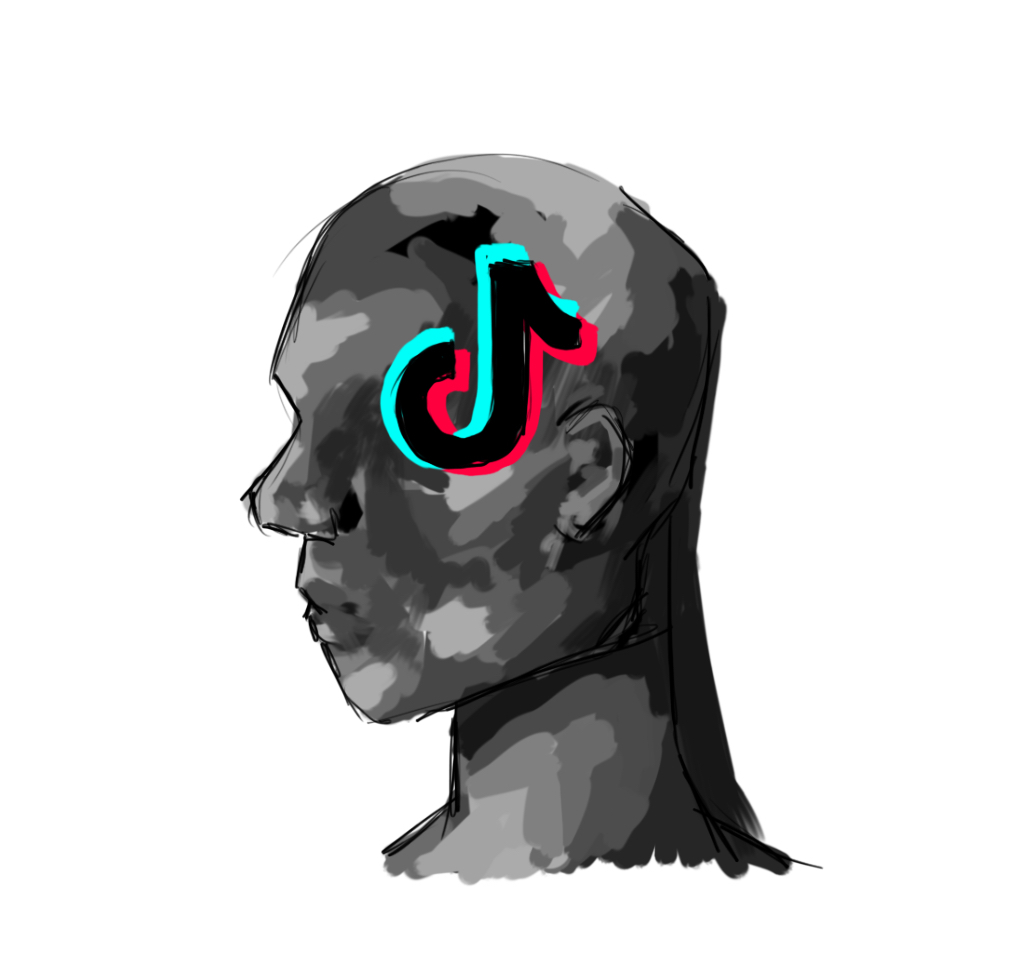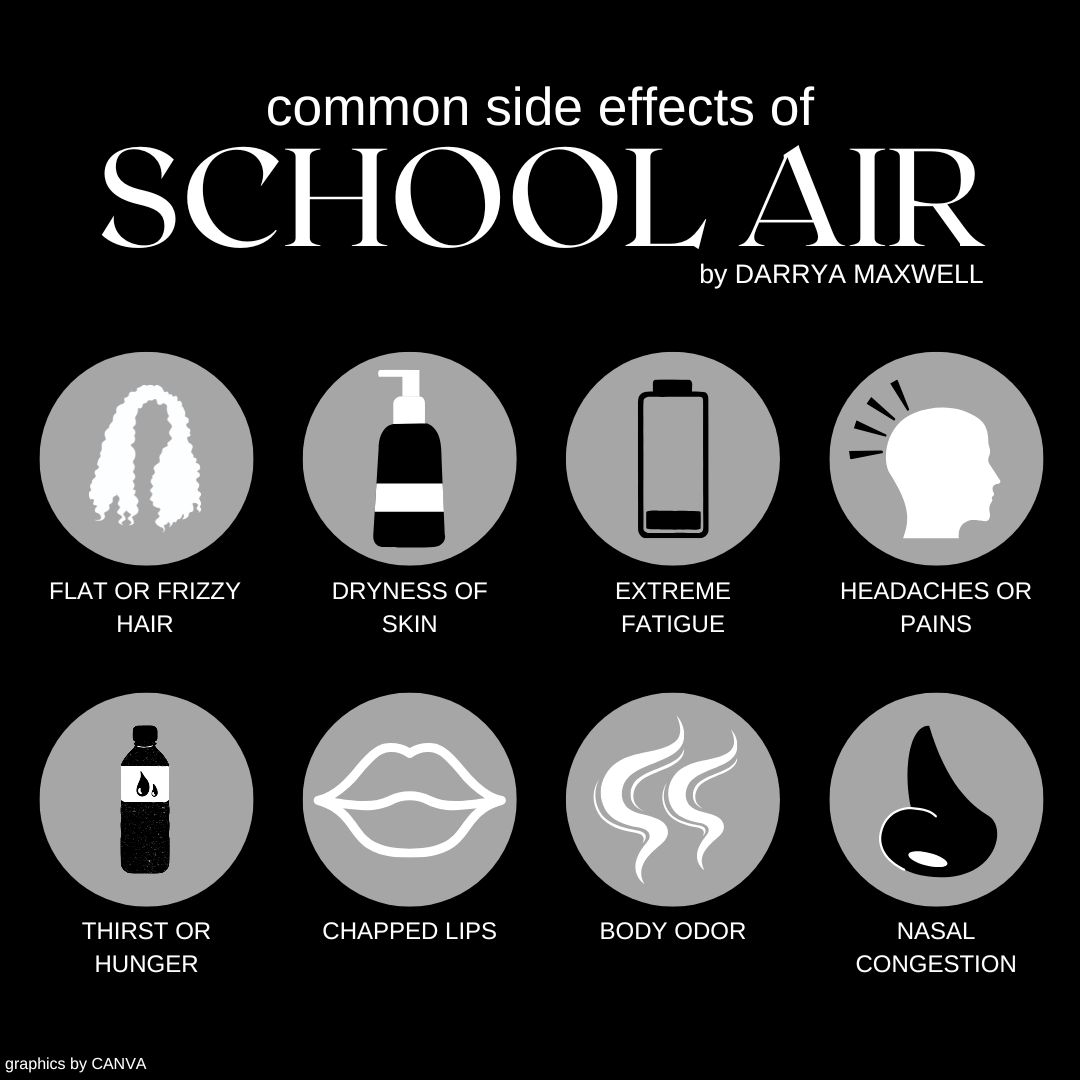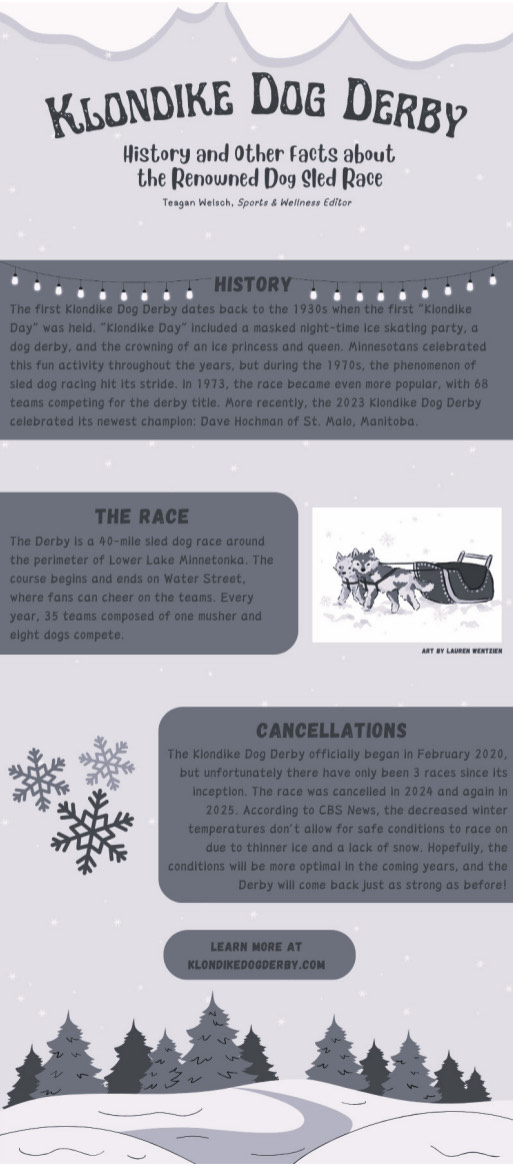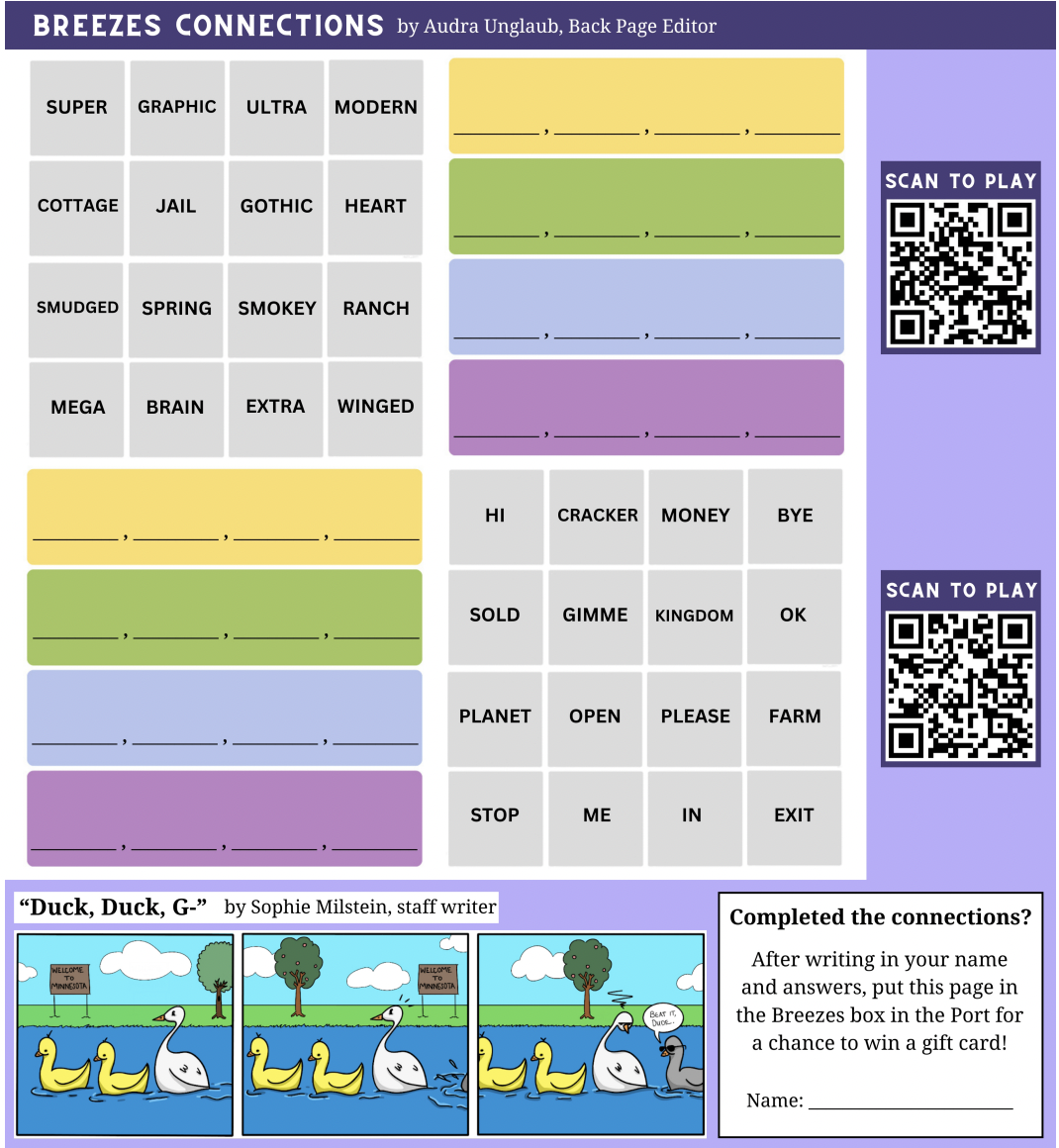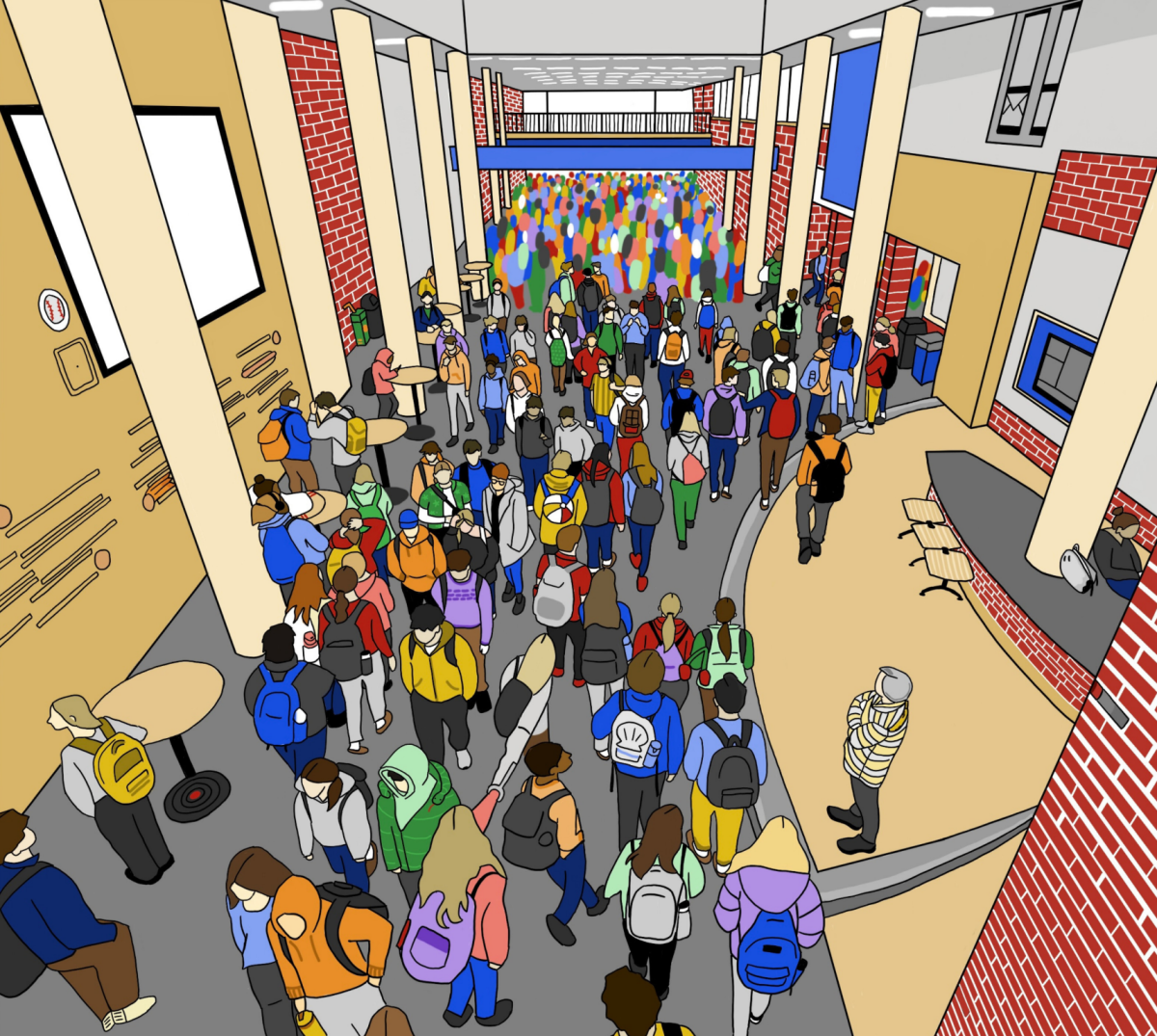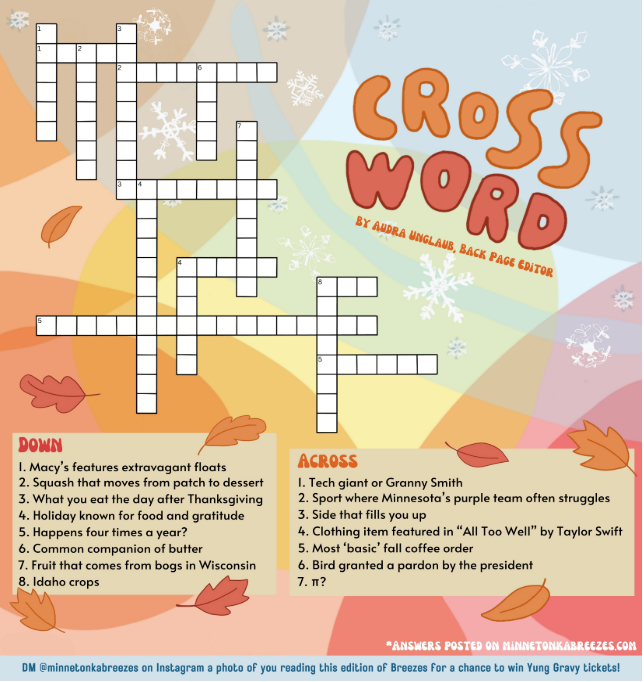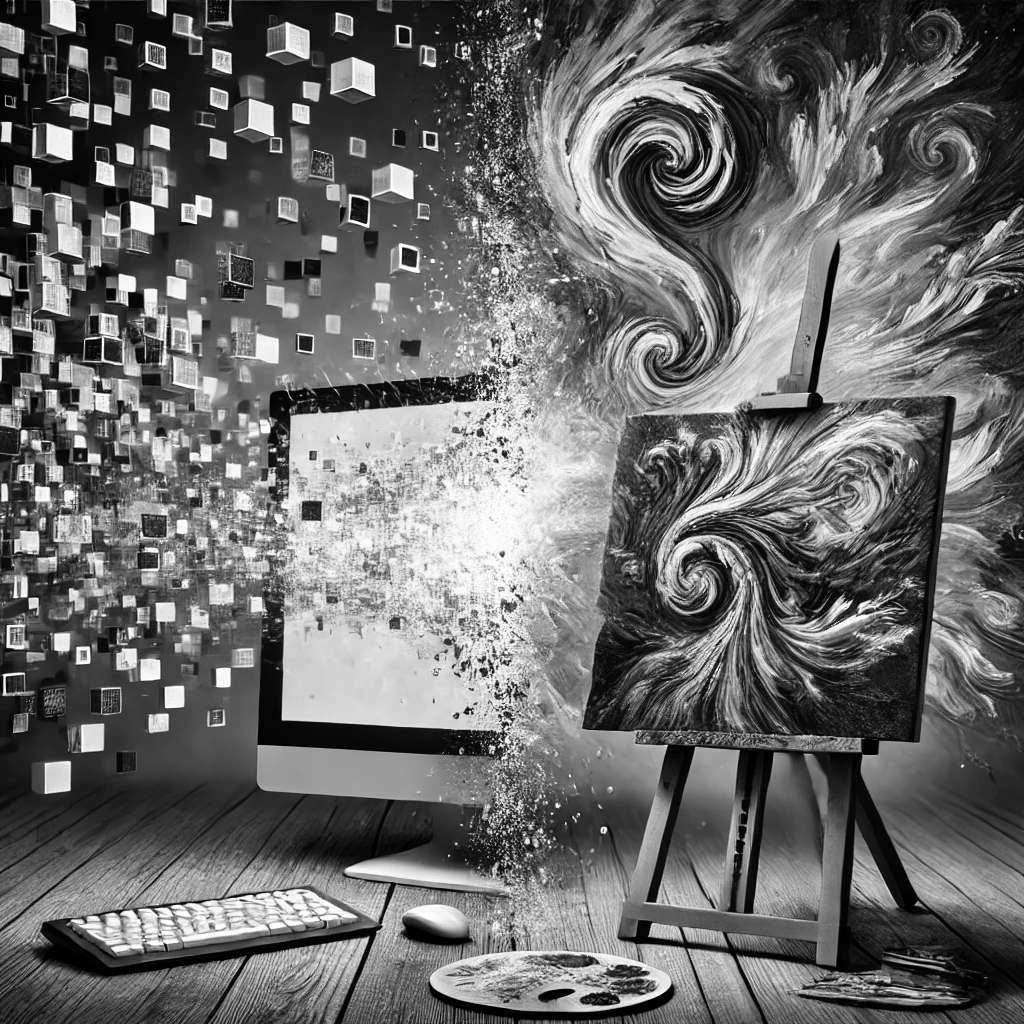Convenience has always been a major driver of innovation. From instant ramen to Instagram reels, we tend to seek out anything that saves time and effort. At first glance, most of these tools and technologies seem harmless; however, one in particular has been attracting a lot of controversy: AI art. With tools such as MidJourney and DALL-E, anyone can make AI art with a short prompt. While the convenience may be undeniable, its ethics are concerning to many.
Many artists argue that AI art is unethical because it uses artists’ work without their consent to train their AI models. Alexander Holland, ‘25, said “AI doesn’t actually [create] anything new so it is essentially plagiarism which is already unethical.” But artists aren’t backing down without a fight: tools such as Glaze and Nightshade are used by artists to protect their work from unwanted AI training and mimicry. Glaze takes a more defensive approach by protecting an individual’s art from mimicry attacks, while Nightshade takes an offensive approach by intentionally disrupting models. Both achieve their respective goals by using machine learning algo- rithms to understand how AI models train on human art and then minimally change the individual’s artwork, almost indistinguishably to the human eye, to appear dramatically different under the AI model’s detection (i.e. an artwork of a dog appears to be a cat by the AI model). Although these tools are immune to filters, reformatting, and compression, AI models are slowly catching on, creating an arms race of algorithms one-upping each other.
On the opposite side of the argument, some view AI art as simply another tool that can be utilized by artists. Craig Boehman, American fine art photographer, said in his titular web blog “history is repeating itself again […] remember when photography couldn’t be art because anyone could do it and it would put all the painters out of work?” He added that these arguments “[devalue] the creative process itself.” Although Boehman is in the minority, as 76% of Americans say AI-generated art shouldn’t be consider art, he isn’t alone in this sentiment—subreddits r/aiArt and r/DefendingAIArt have amassed 517k+ and 34k+ members respectively.
Whether you are for or against AI art, it is important to remember that it is still in its infancy and legislation around it is virtually nonexistent. The government is just as hesitant as we are around its usage, and its capabilities are still lacking for most uses. “It kinda suck[s]. It look[s] weird,” said Razeen Abdul-Field, ‘25. “It generates weird fingers, weird toes, [and] weird faces. I think AI art still has a lot of way to go before it even passes as acceptable art,” concluded Holland.

